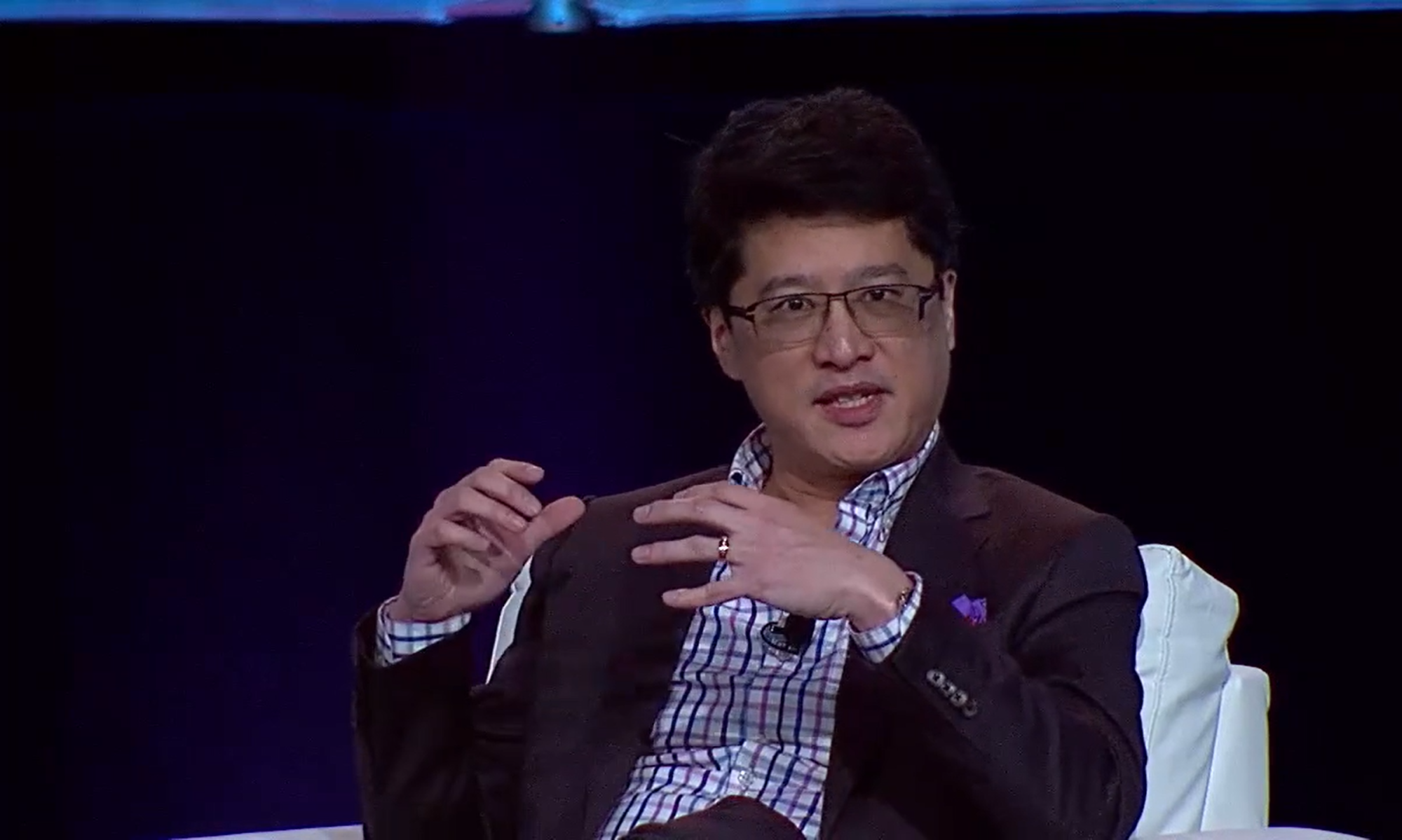An increased amount of attention has been brought back to
the decision-making field of research with the release of Malcolm Gladwell’s book,
“Blink”. Gladwell’s book focuses on the power of the subconscious and tacit
knowledge in decision-making processes (while conscious). The book is available here at the bookstore at the business school at INSEAD, and his other book, "The Tipping Point" is part of the reading material for one of the courses on organizations (similar to how positioned at the University of Chicago business school to my understanding).
Completing the "Blink" book made me remember a book I read many
years ago on dream interpretation (note Gladwell’s book did not cover deep sleep dreaming, daydreaming, nor spontaneous thoughts that appear during the day). A key motivator for the book was this … wouldn’t it be powerful if one could gain additional benefits
from the activity that we spend one-third of our lives doing, i.e., sleeping?
The book was not Freud-style dream interpretation, where
Freud advocates (to my understanding) literal
interpretation of dreams. Instead, the book I read offers up the notion to the
effect of that each person has their own
data dictionary – dreams are a way of the subconscious communicating with
the conscious mind using images. The meaning of images in a dream (which are frequently
severely exaggerated) can best be understood by reflecting upon the dream as a
whole and the feelings the dream imparts and then determining what feels right
and comfortable as an explanation.
As an example, a woman described a dream where she was
murdering her husband by bludgeoning him over the head with a vacuum cleaner.
Also noteworthy was the fact that the husband appeared as an animal in the
dream – specifically a pig.
Freud might argue the dream literally – that the woman was
at risk of murdering her husband. Reminds me of the Tom Cruise movie, “Minority
Report”.
The book I read offered a different explanation. The
exaggerated nature of the dream was simply an artifact of dreams trying to
communicate with us. Here, the woman had some hard feelings toward her husband
because she felt he was restricting her in the home. The vacuum cleaner
represented “domesticity,” and the pig reflected feelings towards the husband
as a “chauvinist pig”. Murdering only meant that there were strong feelings
that the woman and husband should try to resolve (before things got out of hand).
When working with the executive team at my prior employer to
bring in a corporate venture capital round, I recall many tense discussions
surrounding negotiating terms for the new investor class with respect to angel
investors. I would dream about some of the issues during my sleep, and I would
wake up with the tenuous items popping into my head. Sometimes these cues would
trigger me to go back and talk with an angel investor or founder on specific
points. At other times, dreams simply reflected anxiety or feelings of
happiness as to how a client project for me was going. Much like a subconscious
reminder that pops into one’s head during the day that you should call someone
you haven’t talked to in awhile, pursue someone for a job opportunity or
project, etc., I would sometimes find subconscious cues important to
prioritizing personal action items, raising my sensitivity to other parties, and
recognizing my own feelings better.
